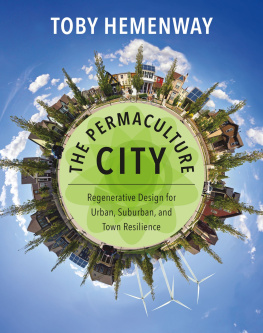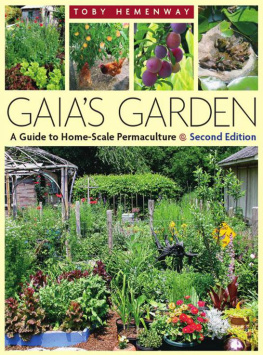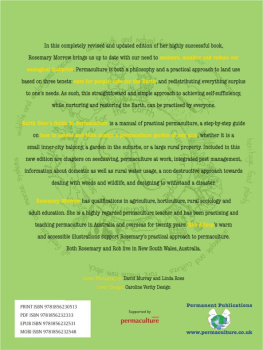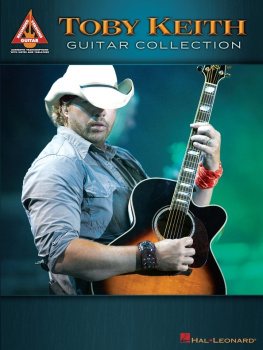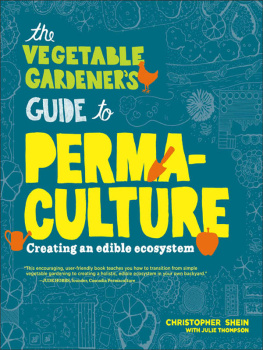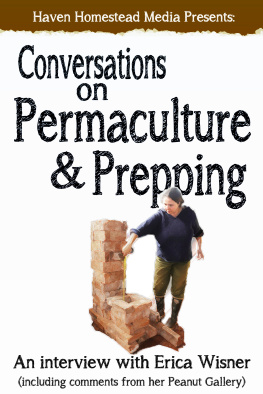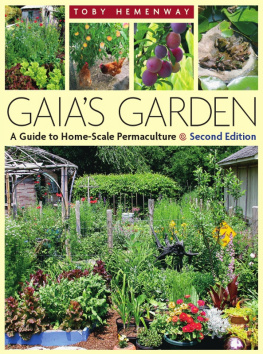
Chelsea Green Publishing sees books as tools for effecting cultural change and seeks to empower citizens to participate in reclaiming our global commons and become its impassioned stewards. If you enjoyed The Permaculture City , please consider these other great books related to gardening and agriculture.
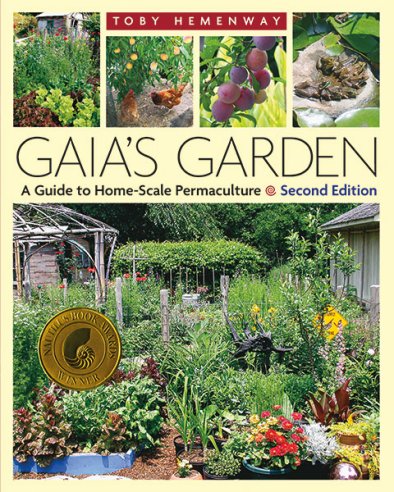
GAIAS GARDEN
A Guide to Home-Scale Permaculture, 2nd Edition
TOBY HEMENWAY
9781603580298
Paperback $29.95

PARADISE LOT
Two Plant Geeks, One-Tenth of an Acre, and the
Making of an Edible Garden Oasis in the City
ERIC TOENSMEIER with contributions
from JONATHAN BATES
9781603583992
Paperback $19.95
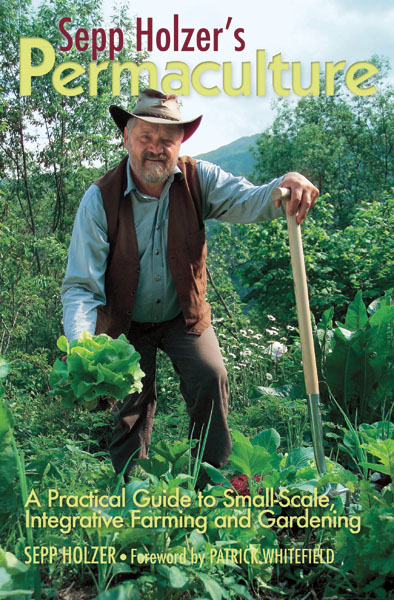
SEPP HOLZERS PERMACULTURE
A Practical Guide to Small-Scale,
Integrative Farming and Gardening
SEPP HOLZER
9781603583701
Paperback $29.95
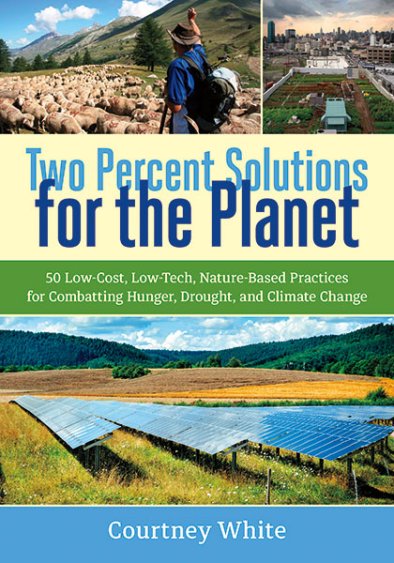
TWO PERCENT SOLUTIONS FOR THE PLANET
50 Low-Cost, Low-Tech, Nature-Based Practices
for Combatting Hunger, Drought, and Climate Change
COURTNEY WHITE
9781603586177
Paperback $22.50

Introduction
Looking at Cities through a Permaculture Lens

The word permaculture evokes images of verdant vegetable polycultures erupting beneath laden fruit trees, of herb spirals and keyhole garden beds, of swales snaking along contour lines to moisten soil and build humus, and of mulch, deep layers of mulch everywhere. Thus its tempting to think that urban permaculture is simply ecological gardening thats been scaled down small and tight, a specialized subset of high-intensity growing methods designed to coax food from the few unpaved niches missed by relentless urban infilling and building. Indeed, cities do pose special challenges to food growing and habitat preservation for which permaculture offers solutions. But as Jane Jacobs observes in her classic manifesto on the livable metropolis, The Death and Life of Great American Cities , thinking of urban ecology as an impoverished shadow of wild nature, where pigeons battle rats for dominance, misses the vibrant ecosystem that suffuses all cities: the human one. Along the same lines, urban permaculture is only slightly about gardening, and mostly about people. The human ecosystem that is the city is rich, and it includes much more than food. To understand, work within, and enhance that ecosystem, we need to understand not just how we feed ourselves in cities and towns but how we meet all our needs: How do we build, move about, use water and energy, feel secure, make decisions, solve problems, sustain ourselves, develop policies, live together?
This book documents the rise of a new sophistication, depth, and diversity in the approaches and thinking of permaculture designers and practitioners. Within it are stories and examples of hope and opportunity for our cities, towns, and suburbs; the people who live in them; and the wild and tame nature that is so heavily impacted by them. Urban permaculture takes what we have learned in the garden and applies it to a much broader range of human experience. Were not just gardening plants but people, neighborhoods, and even cultures.
Permaculture is applied ecology; that is, it is a design approach based on finding and applying to our own creations some of the guiding axioms at work in natural ecosystems. We search for the principles that generate lifes resilience, immense productivity, diversity, interconnectednesss, and elegance. Permaculturists are also learning how nature does that so well while powering itself with sunlight; working at ambient, comfortable temperatures; assembling nontoxic materials via life-friendly processes into an ever-evolving and deepening webwork; and recycling all of it in ways that spur yet more diversity and opportunities.

